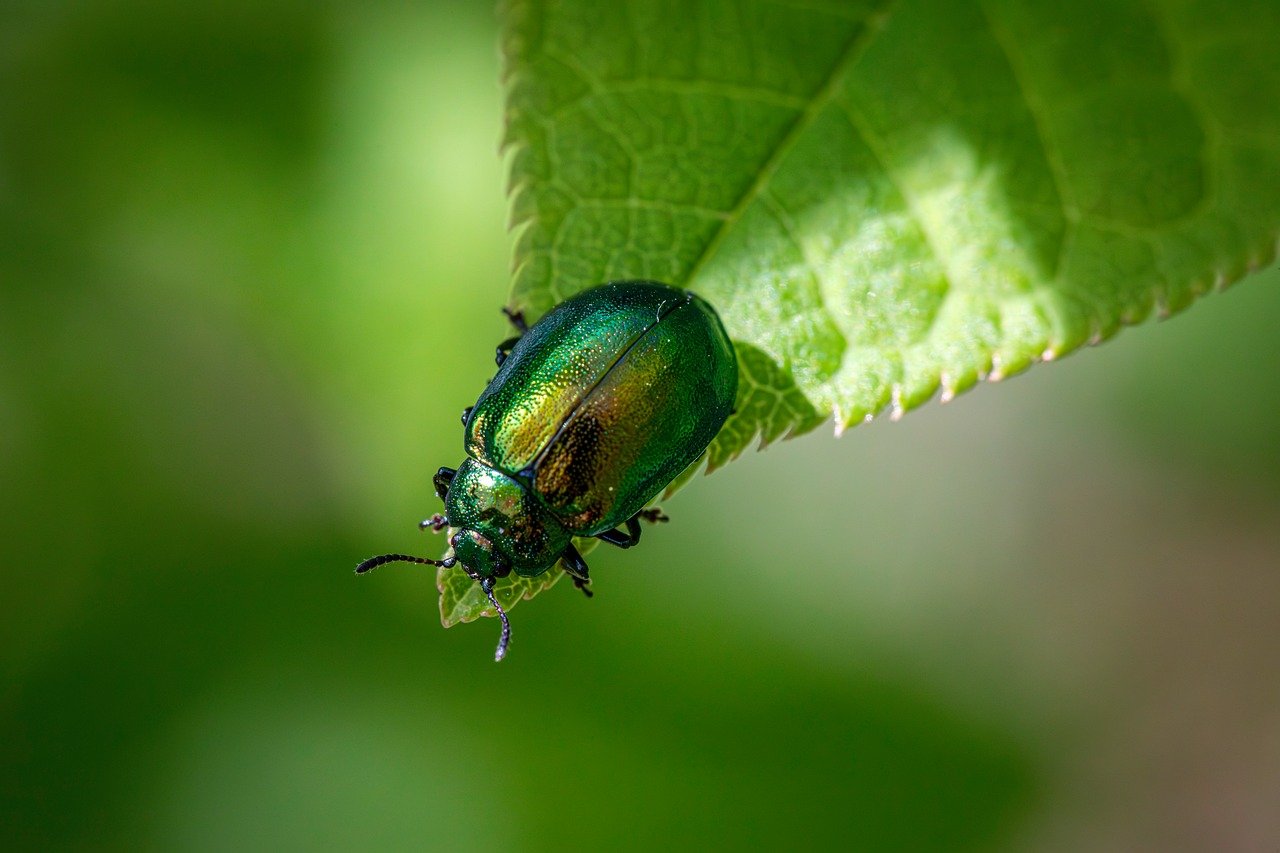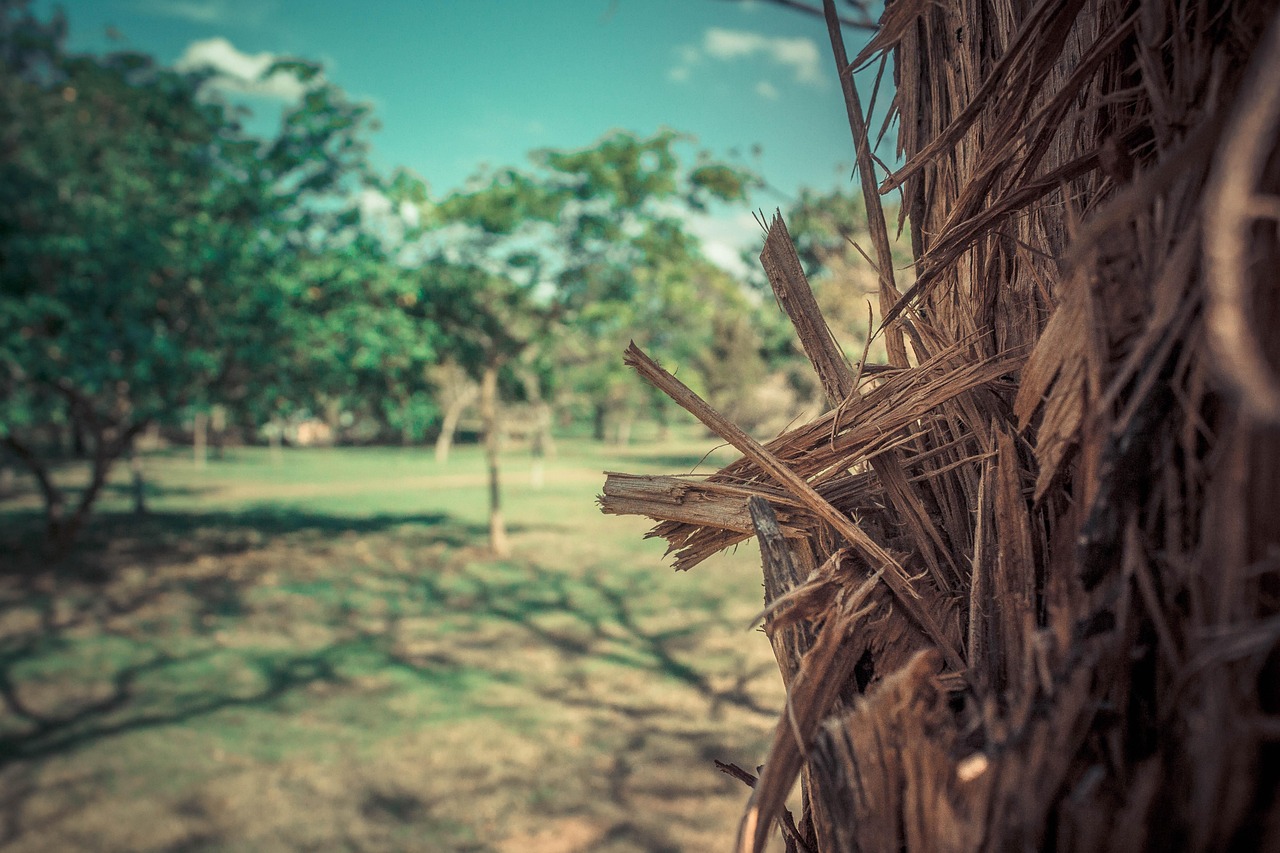The protection of the Karner Blue Butterfly is ecologically significant because it serves as an indicator species for the health of its habitat. By safeguarding this butterfly, we also protect the diverse ecosystems it inhabits, ensuring biodiversity and promoting ecological balance.
Understanding the Karner Blue Butterfly

The Karner Blue Butterfly (Lycaeides melissa samuelis) is a small but striking species native to the United States. It is recognized for its vibrant blue wings and its reliance on specific habitats, primarily oak savannas and pine barrens. These habitats are characterized by a mix of open spaces and shrubby areas, which are essential for the butterfly’s life cycle.
This species has experienced significant population declines due to habitat loss, degradation, and fragmentation. Conservation efforts have become crucial in maintaining not only the Karner Blue but also the ecosystems that support it. Protecting this butterfly goes beyond preserving a single species; it is about maintaining the entire ecological community that depends on similar environmental conditions.
The Role of the Karner Blue Butterfly in Ecosystems
As an indicator species, the Karner Blue Butterfly reflects the overall health of its habitat. The presence of this butterfly indicates a well-functioning ecosystem, while its absence can signal environmental issues. Here are some key roles it plays within its ecosystem:
- Pollination: The adult butterflies contribute to the pollination of various flowering plants, enhancing plant reproduction and diversity.
- Food Source: The larvae of the Karner Blue Butterfly feed on specific host plants, primarily wild lupine. These plants are vital not only for the butterfly’s survival but also serve as food sources for other species.
- Biodiversity Indicator: The presence of healthy populations of the Karner Blue indicates a diverse set of flora and fauna in its habitat, which is essential for ecological stability.
Threats to the Karner Blue Butterfly
Despite its ecological importance, the Karner Blue Butterfly faces numerous threats that jeopardize its survival. Understanding these threats is vital for effective conservation strategies. The primary challenges include:
- Habitat Loss: Urban development, agriculture, and other land-use changes have destroyed much of the butterfly’s natural habitat.
- Invasive Species: Non-native plants can outcompete wild lupine and alter the habitat structure needed by the Karner Blue Butterfly.
- Pesticide Use: Chemical pesticides can harm butterfly populations directly or disrupt their food sources.
Conservation Efforts
Efforts to conserve the Karner Blue Butterfly have been implemented across various states in the U.S., especially in regions where it was once abundant. These conservation initiatives involve:
- Habitat Restoration: Rehabilitating areas where the butterfly once thrived by removing invasive species and promoting the growth of native plants.
- Public Awareness: Educating communities about the importance of the Karner Blue Butterfly and how they can contribute to its conservation.
- Legislative Protection: Implementing policies that protect butterfly habitats from development and degradation.
Through these efforts, stakeholders aim to create a sustainable future for the Karner Blue Butterfly while ensuring that its ecosystem remains vibrant and diverse. Protecting this small creature plays a crucial role in preserving larger environmental health and stability.
| Threat | Impact |
|---|---|
| Habitat Loss | Reduction in suitable living space for breeding and feeding. |
| Invasive Species | Disruption of food sources and habitat structure. |
| Pesticide Use | Direct harm to butterflies and their food plants. |
The Life Cycle of the Karner Blue Butterfly
Understanding the life cycle of the Karner Blue Butterfly is essential for effective conservation efforts. This butterfly undergoes complete metamorphosis, which includes four distinct stages: egg, larva (caterpillar), pupa (chrysalis), and adult butterfly. Each stage has specific habitat requirements and ecological roles.
Egg Stage
The female Karner Blue Butterfly lays eggs primarily on the leaves of wild lupine plants. The eggs are small and usually laid in clusters. The timing of this stage is critical as it coincides with the blooming of wild lupine, which provides a food source for the emerging larvae.
Larval Stage
Once the eggs hatch, the larvae begin to feed on the wild lupine leaves. This stage is vital for growth and development, lasting approximately two to three weeks. During this time, the caterpillars are highly dependent on the availability of wild lupine. A decline in this plant species directly impacts the caterpillar’s survival.
Pupal Stage
After feeding sufficiently, the larvae enter the pupal stage. They create a chrysalis, often camouflaged among vegetation. This stage can last from one to two weeks, depending on environmental conditions. During this time, significant transformations occur as the caterpillar develops into a butterfly.
Adult Stage
The adult Karner Blue Butterfly emerges with vibrant blue wings in males and orange-brown wings in females. The lifespan of an adult butterfly varies but generally lasts around one month during the summer months. Adults are active during warm weather and are particularly attracted to flowering plants for nectar.
Habitat Requirements for Survival
For successful reproduction and survival, the Karner Blue Butterfly relies heavily on specific habitat characteristics. These requirements include:
- Open Canopy: The butterfly thrives in areas with a mix of sun and shade, which helps support both the wild lupine and flowering plants.
- Host Plants: Wild lupine is crucial for the larval stage, making its presence imperative in any conservation area.
- Diverse Flora: A variety of flowering plants supports adult butterflies by providing nectar sources.
The Role of Fire in Habitat Maintenance
Interestingly, fire plays a beneficial role in maintaining the habitats of the Karner Blue Butterfly. Natural fire regimes help control invasive species and promote the growth of native plants, including wild lupine. The use of prescribed burns is a conservation strategy used in various regions to mimic natural fire cycles.
These controlled fires serve several purposes:
- Promoting Native Vegetation: Fires can eliminate competing invasive species, allowing native flora to flourish.
- Creating Open Spaces: Fires clear dense underbrush, creating open areas that butterflies prefer for flying and mating.
- Enhancing Biodiversity: The ecological disturbance caused by fire can lead to increased plant diversity, which benefits various wildlife species.
The Importance of Community Involvement


Community engagement is crucial for the conservation of the Karner Blue Butterfly. Local efforts can significantly impact habitat preservation and awareness. Here are some ways communities can contribute:
- Creating Butterfly Gardens: Planting native flowers and host plants encourages local populations of butterflies.
- Participating in Citizen Science: Engaging in butterfly counts and habitat monitoring provides valuable data for conservationists.
- Advocacy: Supporting local policies that protect natural habitats can lead to broader ecological benefits.
By fostering a sense of stewardship and responsibility towards local ecosystems, communities can play a pivotal role in the survival of the Karner Blue Butterfly and its habitat.
Ecological Interactions of the Karner Blue Butterfly
The Karner Blue Butterfly is not only important as an indicator species but also plays a critical role in various ecological interactions. Understanding these interactions helps to illustrate why protecting this butterfly is vital for maintaining ecological integrity. The relationships it has with other species and its environment contribute to the overall health of ecosystems.
Mutualistic Relationships
One of the key ecological interactions involving the Karner Blue Butterfly is its mutualistic relationship with specific plants and other species. These relationships can be summarized as follows:
- Wild Lupine: The larval stage of the butterfly exclusively feeds on wild lupine leaves. In return, the growth of healthy lupine populations is supported by the presence of the butterflies, which help in pollination.
- Ants: Some studies suggest that certain ant species may protect Karner Blue larvae from predators in exchange for a sugary secretion produced by the caterpillars. This mutualism enhances the survival rates of the larvae.
- Flowering Plants: Adult butterflies require nectar sources from a variety of flowering plants. By visiting these plants, they promote cross-pollination, benefiting the plant community as a whole.
Impact on Biodiversity
The Karner Blue Butterfly significantly contributes to regional biodiversity. As a specialized species, it relies on specific habitats and plants that support various other organisms. The conservation of this butterfly can have a ripple effect throughout the ecosystem. Here are some ways this impact manifests:
- Supporting Plant Diversity: By encouraging the growth of wild lupine and other native plants, the presence of Karner Blue Butterflies fosters a diverse array of flora.
- Enhancing Animal Populations: The ecosystems inhabited by the Karner Blue Butterfly also support various other wildlife, including birds, small mammals, and other insects that rely on similar habitats.
- Maintaining Ecological Balance: The interactions between the Karner Blue Butterfly and its environment help maintain balance within ecosystems. As an integral part of food webs, its presence supports predators and prey alike.
Climate Change and Its Effects

Climate change poses significant threats to the Karner Blue Butterfly and its habitat. Rising temperatures and changing precipitation patterns alter the delicate balance required for its survival. Some potential impacts include:
- Habitat Shifts: Changes in climate may push suitable habitats northward or to higher elevations, potentially leading to habitat loss for populations that cannot migrate.
- Phenological Mismatches: The timing of life cycle events such as flowering and egg-laying may become misaligned with one another due to temperature changes, impacting food availability for both larvae and adults.
- Increased Invasive Species: Warmer temperatures may also facilitate the spread of invasive plant species, which can outcompete wild lupine and threaten butterfly populations.
Research and Monitoring Efforts
To effectively protect the Karner Blue Butterfly, ongoing research and monitoring are essential. These efforts help track population trends and assess habitat quality. Key research areas include:
- Population Studies: Regular surveys help determine population sizes and distribution patterns, providing valuable data for conservation strategies.
- Habitat Assessment: Evaluating the quality of existing habitats allows conservationists to identify areas in need of restoration or protection.
- Impact Studies: Research into the effects of climate change and land-use practices on butterfly populations informs conservation policies and practices.
By combining community involvement with scientific research, stakeholders can better address the challenges facing the Karner Blue Butterfly. A collaborative approach ensures that conservation efforts are grounded in data-driven strategies while fostering public awareness and support.
Future Directions for Karner Blue Butterfly Conservation
Looking ahead, the conservation of the Karner Blue Butterfly will require adaptive management strategies that respond to ongoing environmental changes. These strategies must integrate scientific research, community engagement, and policy advocacy to ensure the long-term survival of this species and its habitat. Some potential future directions include:
- Enhancing Habitat Connectivity: Creating wildlife corridors can help connect fragmented habitats. This will allow for greater movement and gene flow between butterfly populations, increasing resilience to environmental changes.
- Restoration Projects: Investing in habitat restoration projects that focus on native plant communities will support not only the Karner Blue Butterfly but also a wide array of other species dependent on similar ecosystems.
- Education and Outreach Programs: Expanding educational initiatives that inform the public about the ecological importance of the Karner Blue Butterfly can foster a culture of conservation within communities.
Furthermore, it is essential to involve diverse stakeholders, including government agencies, non-profit organizations, and private landowners, in collaborative conservation efforts. By leveraging the strengths of each group, more comprehensive and effective strategies can be developed to protect both the butterfly and its habitat.
Final Thoughts
The protection of the Karner Blue Butterfly is more than just an effort to preserve a single species. It represents a commitment to maintaining ecological integrity and biodiversity in our ecosystems. The Karner Blue serves as a crucial indicator of environmental health, highlighting the intricate relationships that exist within nature. Protecting its habitat ensures the survival of not only the butterfly but also countless other species that share its environment.
Through community involvement, scientific research, and adaptive management strategies, we can work together to create a sustainable future for the Karner Blue Butterfly. By recognizing its ecological significance, we can foster a deeper appreciation for the interconnectedness of life and the importance of preserving our natural heritage for future generations.
In conclusion, the challenges facing the Karner Blue Butterfly are significant, but so are the opportunities for conservation. As we continue to learn more about this remarkable species and its habitat requirements, we can strengthen our efforts to protect it. The journey towards safeguarding the Karner Blue Butterfly is a vital step in ensuring a thriving, diverse ecosystem that benefits all forms of life.
